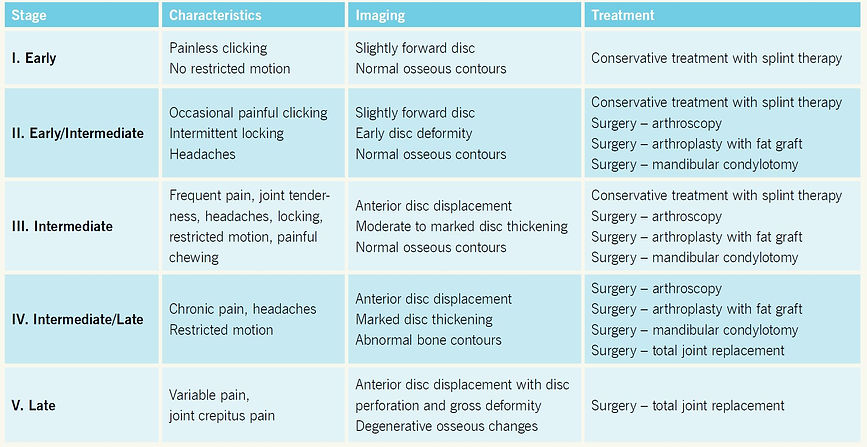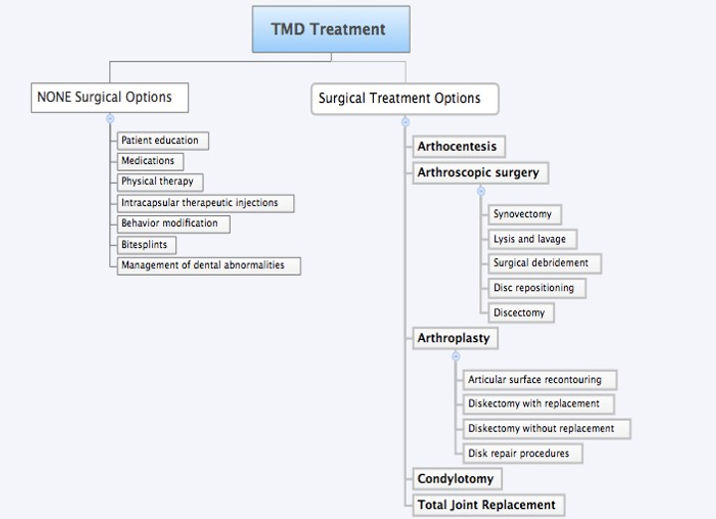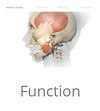Dr. Joseph Krajekian DMD, MD, FAAOMS, DABOMS
Board Certified Oral and Maxillofacial Surgeon
Temporomandibular joint dysfunction
Temporomandibular joint dysfunction (TMD) is estimated to affect over five percent of the general population. However, only two percent, mostly women, seek medical treatment. The pathophysiology of TMD may be a result of muscular hyperfunction or parafunction and/or underlying degenerative changes within the joint, though it is important to note that no single causative factor leading to TMD has been unequivocally demonstrated. TMD is divided into two basic categories: nonarticular joint disease and articular joint disease.
TMJ Function Anatomy
The TMJ is a diarthrodial joint with a discontinuous articulation of temporal bone and mandible that permits free movement of the joint in various directions. Functionally, the TMJ is considered a compound joint composed of four articular surfaces: the articular facet of the temporal bone, the mandibular condyle and the superior and inferior surfaces of the articular disc. The articular disc divides the joint into two compartments. The inferior compartment allows ginglymoid or hinge motion and rotation, and the superior compartment allows arthrodial or sliding movements. Surrounding the joint is the TMJ capsule, which is extremely vascular and innervated, and tightly attached to the bones, functioning to resist extreme joint movement. The articular disc is composed of dense, fibrous connective tissue that is not vascular or innervated. The disc is flexible and adapts to the functional demand of the articulating surfaces. The biconcave articular disc functions with rotation and translation during jaw opening.

TMD Disease Catagory
Myofacial
Disc Causes
Bone Causes
Click on the imaged for a detail animation adopted from TMJ.com with permission
TMD Treatment Options
Treatment options for TMD should be multifactorial with multidisciplinary approach. Failure to do so can results in incomplete treatment thus not resolving patients symthoms
Treatment
Click on the imaged for a detail animation adopted from TMJ.com with permission
TMD Disease staging


.jpg)


















